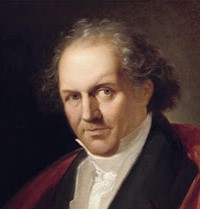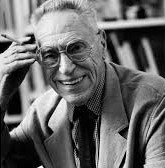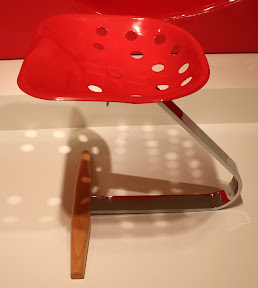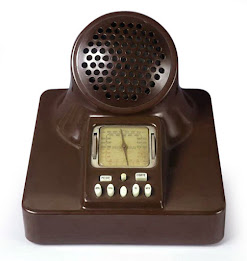Giovanni Pacini – opera composer
Works of overshadowed musician have enjoyed recent revival
Composer Giovanni Pacini, who wrote operas in the early part of the 19th century to suit the voices of the great singers of the period, was born on this day in 1796 in Catania in Sicily. By the mid 1830s, Pacini had withdrawn from operatic activity after he found his operas eclipsed by those of Gaetano Donizetti and Vincenzo Bellini. After he returned with his opera, Saffo, in 1840, which generally hailed as his masterpiece, he found himself overshadowed by Giuseppe Verdi. Read more...
_____________________________________________________________
Raffaele ‘Raf’ Vallone – actor
Movie star who had four careers
Raffaele Vallone, the stage and screen actor who was born on this day in 1916, was remarkable for having embarked on three different career paths before he made his acting debut. A former apprentice professional footballer, he quit to join his father’s legal practice before changing course again and becoming a journalist. Then, after interviewing the film director Giuseppe De Santis, he was offered a part in a neo-realist movie that became a box-office hit and found his true vocation. Read more...
__________________________________________________________________
Giordano Bruno - 'martyr of science'
Dominican friar condemned as a heretic
Giordano Bruno, a Dominican friar and philosopher who challenged orthodox Christian beliefs in the 16th century, died on this day in 1600 when he was burned at the stake as a heretic. Among the beliefs that contradicted Catholic wisdom was his contention that God did not exist in some personal form with human traits, that everything in the universe was made of tiny particles (atoms), that Earth revolved around the sun, rather than the other way round and that our sun was only one of an infinite number of suns in an endless universe, each surrounded by planets. Read more…
__________________________________________________________________
Arcangelo Corelli – musician
Baroque composer had a major influence on the development of music
Violinist and composer Arcangelo Corelli was born on this day in 1653 at Fusignano, a small town near Ravenna. He is remembered for his influence on the development of violin style and for his use of the genres of sonata and concerto. Both Bach and Handel are said to have studied his work and been influenced by him. Correlli’s 12 Concerti Grossi established the concerto grosso as a popular medium of composition. Corelli was also a brilliant teacher and among his many students was the young Antonio Vivaldi. Read more…
Home















